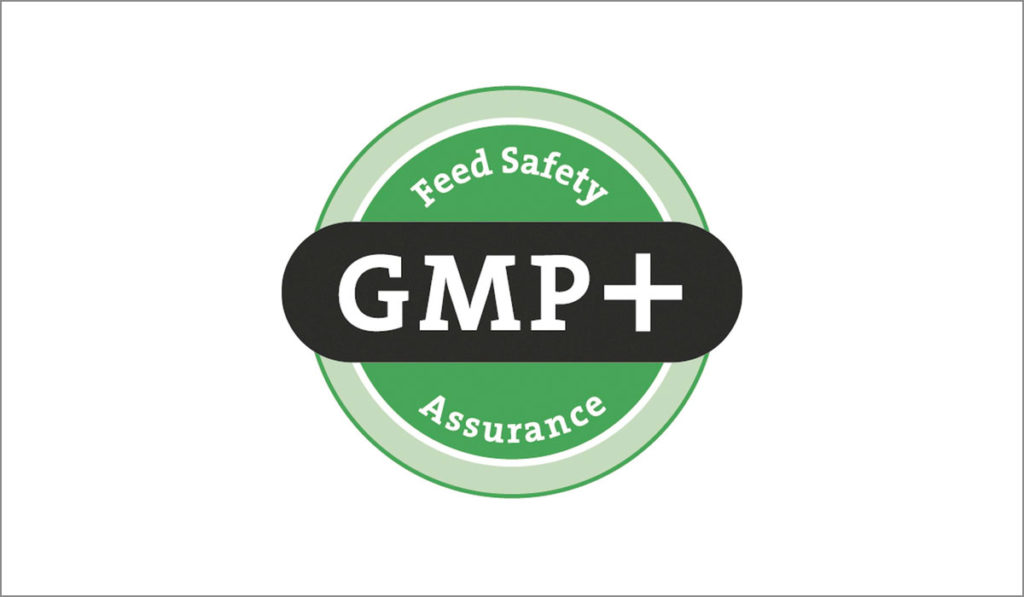Molasses feed
Organic molasses is a feed with many advantages. It is inexpensive to produce, improves the flavour of animal feed and is a well-established, high-energy feed due to its high sugar content. August Töpfer & Co. offers molasses feed and sugarbeet vinasse from organic cultivation and in certified quality.
What is molasses?
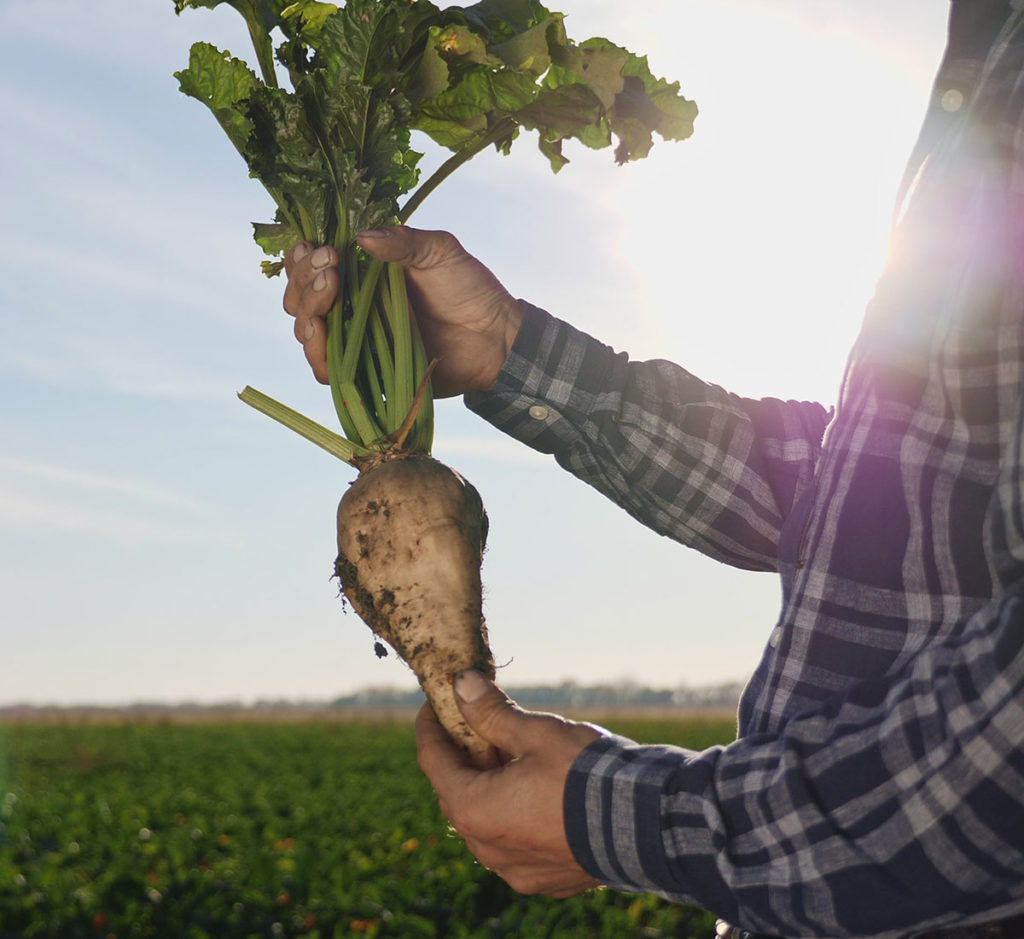
Molasses is a by-product in the production of sugar from sugarcane or sugarbeet. It is characterised by its high content of various sugars such as sucrose, glucose and fructose. In its final state, molasses is a dark-brown or black syrup that is primarily used in the food industry and as a high-energy feed in agriculture. Molasses is a valuable source of energy as a feed for horses, ruminants and pigs.
The advantages of molasses include:
- High energy content due to the sucrose, glucose, fructose and raffinose
- Improves flavour and acts as a binding agent in feed rations
- Increases feed intake
- Good utilisation properties and digestibility
- Improves milk protein content and stimulates microbial rumen activity
- Increases the digestibility of dry mass and organic matter
- Inexpensive production and distribution
Molasses feeds available from ATCO
August Töpfer & Co. has been a wholesaler and distributor in the food and non-food sector since 1912. We attach great importance to ensuring our products meet high quality standards. Our product range includes high-quality cane molasses in organic quality, certified according to EU Eco Directive 834/2007 and QA regulations. Our molasses can be used directly as liquid feed, combined with sileage or added to animal feed in order to improve the flavour, nutritional value and feed intake. It has a syrupy consistency and is distinguished by a slightly bitter, sweet and liquorice-like flavour. Buy molasses feed from August Töpfer & Co. – your leading comprehensive provider of Feed.
Sugarbeet vinasse and cane molasses: what are the differences?
Molasses can be differentiated into sugarcane and sugarbeet molasses. Molasses made from sugarbeet is also called sugarbeet vinasse and is used in animal feed as a protein supplement, binding agent or flavour enhancer. Sugarcane molasses comes from tropical agriculture and is known as blackstrap molasses. Conversely, sugarbeet vinasse is produced in temperate climates, primarily in Northern Europe and North America. Molasses made from sugarcane and sugarbeet differ considerably in terms of their quality and composition. For instance, sugarcane molasses has a sugar content between 43 and 49 percent, while the sugar content of sugarbeet molasses lies between 42 and 47 percent. The pH value of feed molasses made from sugarbeet is 8.7, and 5.1 for sugarcane molasses. Further differences can be found in the phosphorous content, which is four times higher in cane molasses at 0.08 percent than in vinasse feeds. In Europe, vinasse predominantly comes from local production, while cane molasses has to be imported. With August Töpfer & Co., you can count on a reliable and well-networked wholesaler for molasses in the import and export market.
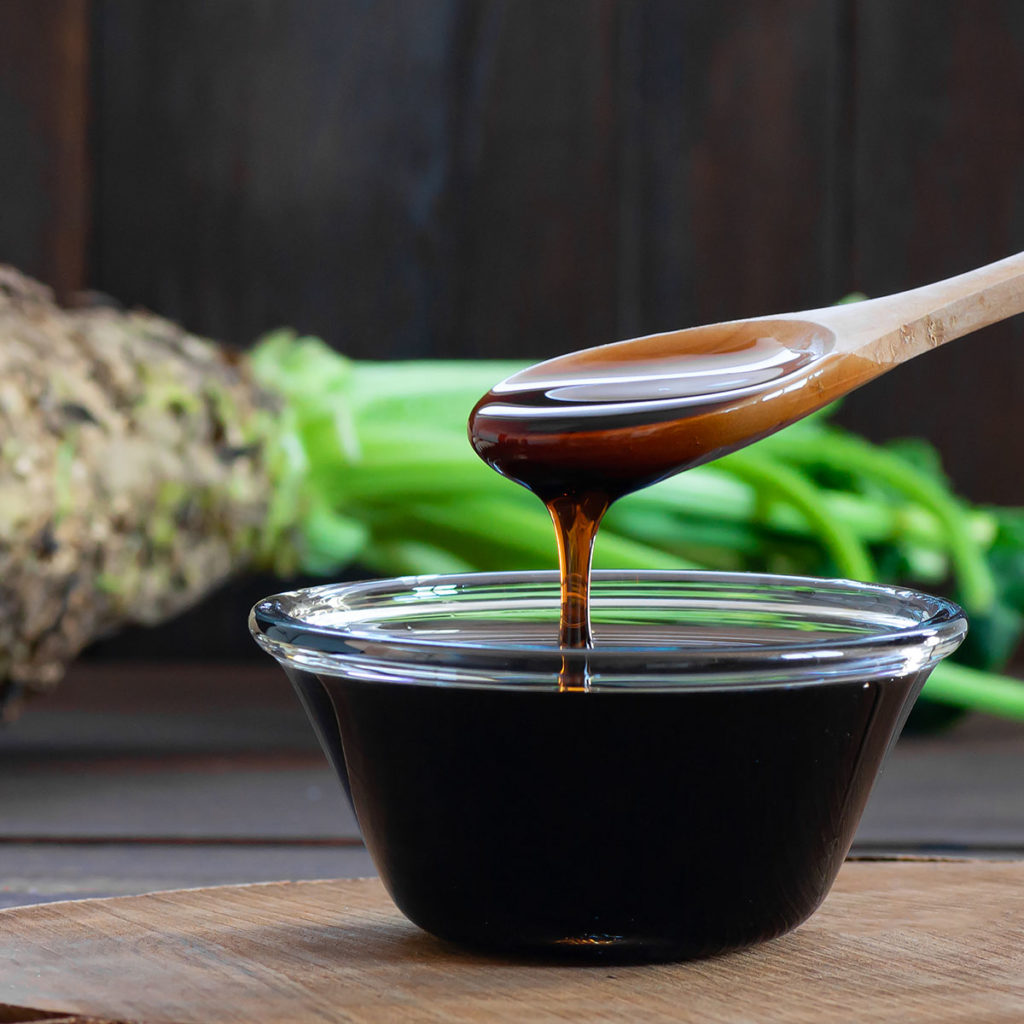
Production of molasses
Molasses is created as a by-product in the production of sugar from sugarcane, sugarbeet and sweet sorghum. When producing sugar, the sugar is separated into crystals and liquid components from the sugarcane or sugarbeet by intense centrifugation or pressing. The sugary liquid is boiled down multiple times to extract more sugar crystals from the liquid and clear the syrup. The end product – the characteristically dark and viscous molasses – should not be confused with sugarbeet syrup, which is made by boiling down whole sugarbeets. It’s also important to note that the colour and sugar content of molasses can vary depending on the duration and frequency of boiling.
Molasses feed: contents
Molasses is not only popular as a feed for its appetising effect but also for its nutritional value. Besides various sugars such as sucrose, glucose and fructose, it contains other trace elements and minerals including iron, potassium, calcium and magnesium. For every 100 grams, it has a calorific value of around 288 kcal, a protein content of 2.1 grams and a carbohydrate content of 69.4 grams. The total amount of sugar lies between 43 and 49 percent.
Molasses in animal feed
Molasses is an advantageous and popular feed, both for its low price and its high nutritional value. It provides easily digestible energy, reduces feed costs and stimulates feed intake as a high-energy flavoursome feed. Its use is particularly recommended for ruminants, horses and pigs, as a supplement to sileage and pellets.
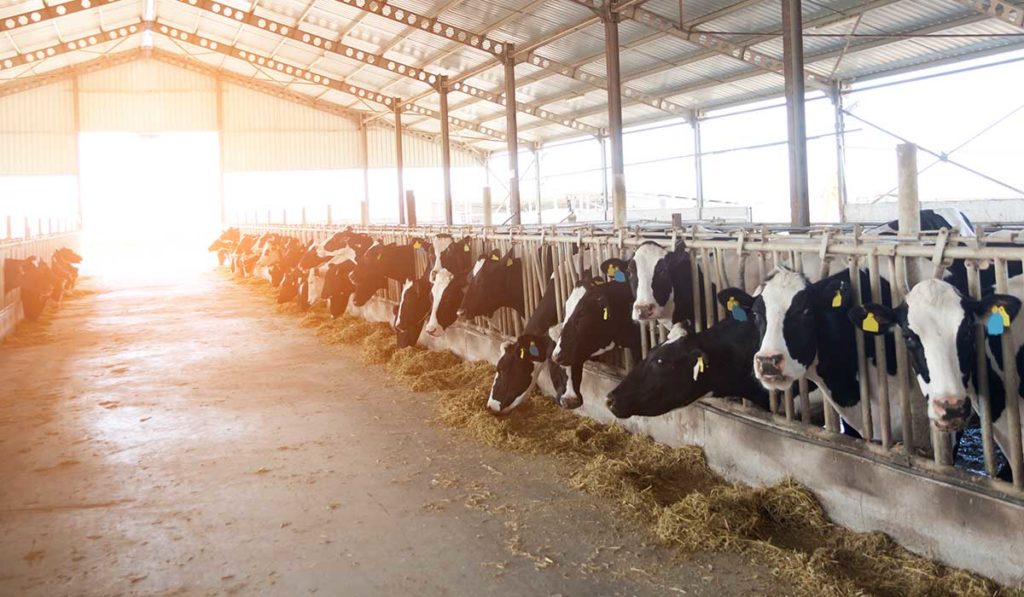
Molasses for ruminants
Molasses feeds provide ruminants with easily digestible carbohydrates and stimulate microbial activity in the rumen. Moreover, they increase the tolerance of dry mass and organic matter in feeds and also enhance the sugar and protein content. Molasses is especially suitable for dry straw-rich feed rations in order to increase feed intake.
Molasses for pigs
Molasses is suitable as a fattening feed for pigs and for feeding pregnant or lactating sows. Furthermore, pelletised molasses chips can increase the feed intake of piglets significantly and its targeted use can reduce aggressive behaviour such as tail biting.
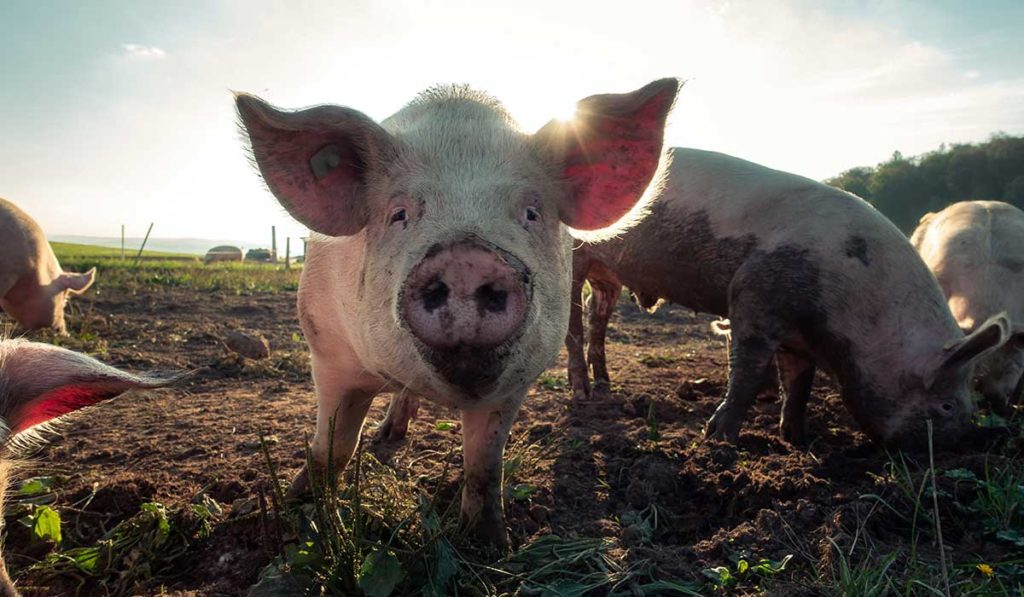
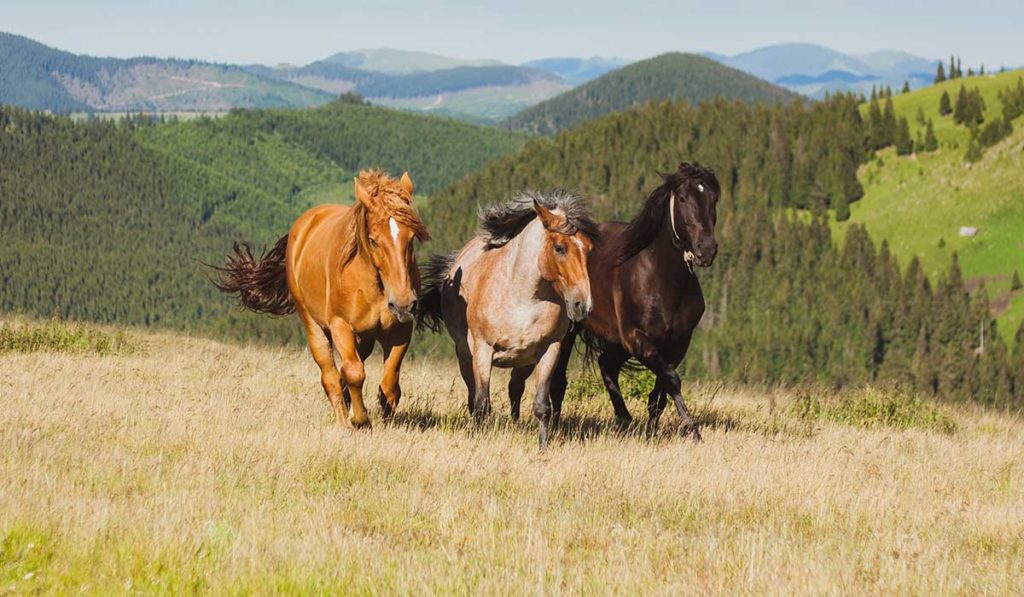
Molasses for horses
As a supplement to feed rations or fed directly, molasses is an ideal, easily digestible source of energy for horses. It can improve feed intake thanks to its pleasant flavour and provides essential minerals such as sodium, potassium and calcium. However, it’s important to ration the supplement since molasses has a high sugar content and is therefore not suitable as a sole feed for horses.
Our molasses is certified:
